Home>Articles>Considering Grass-Cloth Wallpaper? Here’s What You Need To Know
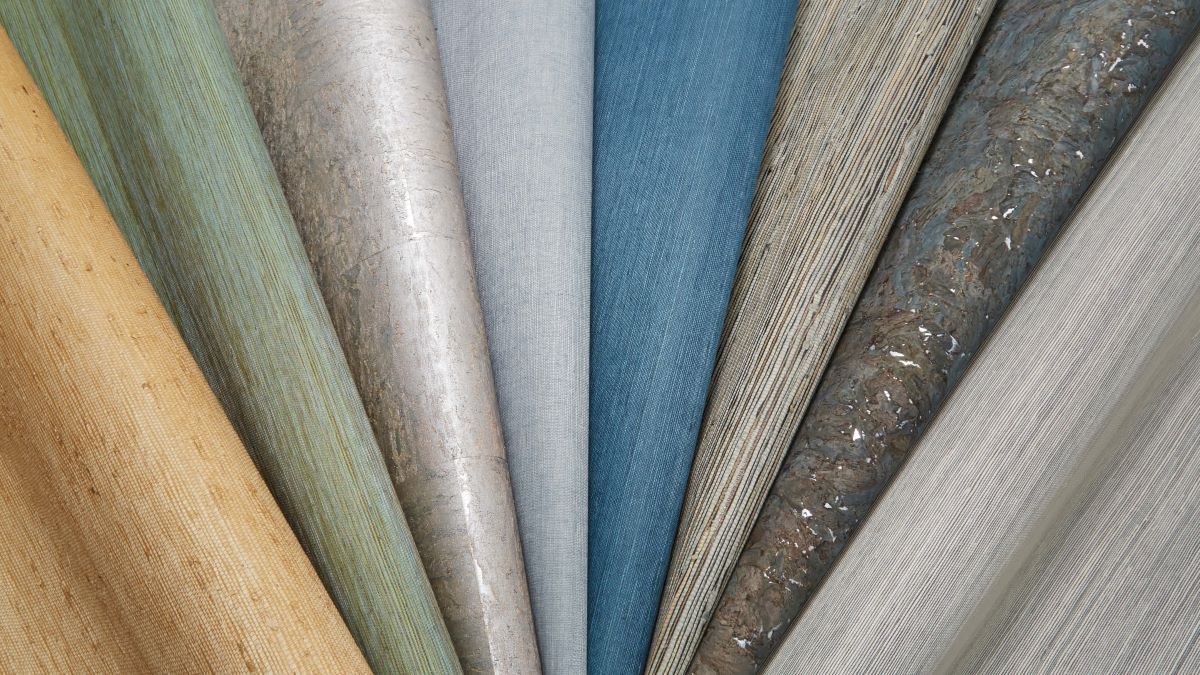

Articles
Considering Grass-Cloth Wallpaper? Here’s What You Need To Know
Modified: January 19, 2024
Looking for articles about grass-cloth wallpaper? Discover everything you need to know before making a decision in this comprehensive guide.
(Many of the links in this article redirect to a specific reviewed product. Your purchase of these products through affiliate links helps to generate commission for Storables.com, at no extra cost. Learn more)
Benefits of Grass-Cloth Wallpaper
Grass-cloth wallpaper is a popular choice for homeowners who want to add a touch of natural beauty and texture to their walls. Made from natural fibers like bamboo, sisal, jute, or hemp, grass-cloth wallpaper offers a range of benefits that make it a unique and stylish option for any space. Here are some of the top benefits of using grass-cloth wallpaper:
- Natural and Sustainable: One of the main advantages of grass-cloth wallpaper is its eco-friendly nature. The wallpaper is made from renewable materials, and the production process is usually chemical-free, making it a sustainable choice for environmentally-conscious individuals.
- Unique Texture: The natural fibers in grass-cloth wallpaper create a distinctive texture that adds depth and visual interest to any room. The hand-woven or handcrafted nature of this wallpaper gives it a one-of-a-kind look that cannot be replicated by machine-made wallpapers.
- Enhanced Aesthetics: Grass-cloth wallpaper brings a touch of nature indoors and can create a calming and organic ambiance in your space. The subtle color variations and imperfections in the fibers add depth and character, making it a versatile choice for various interior design styles.
- Sound and Temperature Insulation: Due to its natural composition, grass-cloth wallpaper offers some insulation properties. It can help dampen sounds and regulate temperature, keeping your space quieter and more comfortable.
- Hide Imperfections: Another advantage of grass-cloth wallpaper is its ability to conceal minor wall imperfections. The textured surface can help mask small cracks, bumps, or unevenness, giving your walls a smoother appearance.
- Durability: Grass-cloth wallpaper is known for its durability and longevity. Properly installed and maintained, it can last for many years without showing signs of wear. However, it is important to note that it is not recommended for high-traffic areas or areas prone to moisture, as it may be more susceptible to damage.
- Easy to Remove and Replace: Should you decide to change up your décor in the future, grass-cloth wallpaper can be relatively easy to remove compared to other wallpapers. Depending on the installation method, it can often be stripped off in full sheets, making it easier to replace with a new design.
With its natural beauty, unique texture, and sustainable attributes, grass-cloth wallpaper offers a range of benefits that make it a great choice for those looking to add a touch of elegance and sophistication to their walls.
Key Takeaways:
- Embrace the natural beauty and sustainability of grass-cloth wallpaper, which offers unique textures, sound insulation, and the ability to hide imperfections, making it a versatile and stylish choice for any space.
- Consider the cost factors and potential drawbacks of grass-cloth wallpaper, such as delicacy, limited moisture resistance, and the need for special care, to make an informed decision that aligns with your lifestyle and design preferences.
Different Types of Grass-Cloth Wallpaper
Grass-cloth wallpaper comes in a variety of styles, colors, and textures, allowing you to find the perfect option to suit your personal taste and interior design aesthetic. Here are some of the different types of grass-cloth wallpaper available:
- Bamboo: Bamboo grass-cloth wallpaper is one of the most popular options. It features fine, slender bamboo fibers woven together to create a smooth and elegant texture. Bamboo grass-cloth wallpapers are available in various shades, including natural bamboo tones, as well as stained or painted finishes.
- Sisal: Sisal grass-cloth wallpaper is made from the fibers of the agave sisalana plant. This type of grass-cloth wallpaper has a beautiful and distinct texture, with fibers that are thicker and more pronounced compared to other options. Sisal grass-cloth wallpaper is often favored for its intricate patterns and earthy tones.
- Jute: Jute grass-cloth wallpaper is made from the fibers of the jute plant, known for its softness and lustrous appearance. Jute grass-cloth wallpapers have a slightly coarser texture compared to bamboo or sisal, giving them a more rustic and casual feel. They are available in a range of rich, warm colors.
- Hemp: Hemp grass-cloth wallpaper is made from the fibers of the hemp plant, which are known for their strength and durability. Hemp grass-cloth wallpapers feature a tight weave and a smooth, sleek texture. They are often natural in color, with variations in shading that give them a unique and organic look.
- Blended Fibers: Some grass-cloth wallpapers are made by blending different types of natural fibers. For example, a blend of bamboo and jute can result in a wallpaper with a hybrid texture and color palette. Blended fiber grass-cloth wallpapers offer a unique combination of qualities from each type of fiber used.
Each type of grass-cloth wallpaper has its own distinct look and feel, allowing you to choose the one that best complements your interior design vision. Whether you prefer the elegance of bamboo, the intricate patterns of sisal, the rustic charm of jute, the durability of hemp, or a blend of fibers, there is a grass-cloth wallpaper option to suit your style.
Choosing the Right Color and Texture
When it comes to grass-cloth wallpaper, choosing the right color and texture is key to achieving the desired look and feel in your space. Here are some factors to consider when selecting the perfect grass-cloth wallpaper:
- Color Palette: Consider the overall color scheme of your room and how you want the grass-cloth wallpaper to complement it. Grass-cloth wallpapers come in a wide range of colors, from natural earth tones like beige, tan, and brown, to bolder hues like blue, green, or even metallics. Select a color that harmonizes with the existing elements in your space.
- Lighting and Mood: Keep in mind the lighting conditions in your room and how they will interact with the grass-cloth wallpaper. If your space receives ample natural light, lighter colored grass-cloth wallpapers can enhance the brightness and create an airy atmosphere. Conversely, darker tones can add warmth and coziness in rooms with limited natural light.
- Texture and Pattern: The texture of grass-cloth wallpaper can vary from fine weaves to chunkier textures. Consider the desired level of texture and how it will contribute to the overall aesthetic of your space. Additionally, some grass-cloth wallpapers feature subtle patterns or designs woven into the fibers, adding visual interest and depth to the walls. Choose a texture and pattern that aligns with your personal style.
- Room Size and Purpose: Take into account the size of the room and its purpose when choosing grass-cloth wallpaper. Lighter colors and finer textures can make small rooms appear more spacious, while darker colors and chunkier textures can create a cozy and intimate atmosphere. Additionally, consider the intended use of the room. For example, you may want a more soothing and calming color for a bedroom, while a vibrant color may work well in a lively living room.
- Style Match: Consider the overall style of your space and how the grass-cloth wallpaper will complement it. For a contemporary look, you may opt for a grass-cloth wallpaper in a neutral color with a smooth texture. On the other hand, if your space is more eclectic or bohemian, you can experiment with bolder colors and chunkier textures to make a statement.
Choosing the right color and texture for your grass-cloth wallpaper is a personal decision that should align with your individual style and the desired atmosphere of the room. Take your time to explore different options, consider samples, and visualize how the grass-cloth wallpaper will enhance the overall aesthetic of your space.
Installation Process and Preparation
Installing grass-cloth wallpaper requires careful preparation and attention to detail to ensure a successful and long-lasting result. Here are the key steps involved in the installation process:
- Preparation: Before installing grass-cloth wallpaper, it is important to prepare the walls properly. Make sure the surface is clean, smooth, and free of any dust, dirt, or debris. Fill any cracks or holes and sand down uneven areas to create a smooth and even base for the wallpaper.
- Priming the Walls: Apply a primer to the walls to create a good bonding surface for the grass-cloth wallpaper. This will also help prevent any discoloration or bleeding through of the adhesive once the wallpaper is applied. Allow the primer to dry completely before proceeding.
- Measuring and Cutting: Measure the height of the wall and cut the grass-cloth wallpaper panels accordingly, leaving a few inches of excess at the top and bottom for adjustments. It’s also a good idea to label each panel to ensure proper sequence during installation.
- Applying Adhesive: Apply a suitable wallpaper adhesive to the back of the grass-cloth wallpaper using a paint roller or brush. Be sure to follow the manufacturer’s instructions for the specific adhesive being used.
- Hanging the Wallpaper: Starting from the top, carefully align the first panel of grass-cloth wallpaper with the edge of the wall. Smooth out any air bubbles or wrinkles using a wallpaper smoother or clean cloth. Continue the same process for each subsequent panel, overlapping the edges slightly for a seamless look.
- Trimming and Finishing: Once all the panels are in place, use a sharp utility knife to trim off the excess grass-cloth wallpaper at the top and bottom, as well as around windows and doors. Take care to make clean and precise cuts. Use a wallpaper smoother to ensure the wallpaper is securely adhered to the wall.
- Drying and Settling: Allow the grass-cloth wallpaper to dry and settle for the recommended time specified by the adhesive manufacturer. This typically takes around 24 to 48 hours. Avoid touching or putting pressure on the wallpaper during this time.
It is important to note that grass-cloth wallpaper can be delicate and prone to damage, so it is recommended to hire a professional for installation if you are unsure or inexperienced. Professionals have the expertise and tools needed to properly handle and install grass-cloth wallpaper, ensuring a smooth and successful installation.
When considering grass-cloth wallpaper, be aware that it is best suited for low-traffic areas due to its delicate nature. It’s important to avoid direct sunlight to prevent fading and to clean with a dry cloth to avoid damage.
Maintaining and Cleaning Grass-Cloth Wallpaper
Maintaining and cleaning grass-cloth wallpaper is crucial to preserve its beauty and extend its lifespan. While grass-cloth wallpaper requires gentle care, it is relatively easy to maintain with regular cleaning. Here are some tips to keep your grass-cloth wallpaper looking its best:
- Dusting: Dust the surface of the wallpaper regularly using a soft-bristled brush or a microfiber cloth. Gently brush in a vertical or horizontal motion to remove any loose dust or debris. Avoid applying too much pressure, as it may damage the delicate texture of the grass-cloth.
- Spot Cleaning: In the event of spills or stains, it is important to act quickly. Use a clean, damp cloth or sponge to gently blot the affected area. Avoid rubbing or scrubbing, as it may cause the stain to spread or damage the wallpaper. If necessary, you can use a mild detergent specifically formulated for delicate fabrics. Test the cleaning solution on a small, inconspicuous area first to ensure it does not cause discoloration or damage.
- Moisture Control: Grass-cloth wallpaper is sensitive to moisture and excessive humidity, so it is important to maintain proper moisture levels in the room. Avoid placing the wallpaper in areas that are prone to high humidity, such as bathrooms or kitchens, as the moisture can cause the grass-cloth to warp or mold. Consider using a dehumidifier to regulate humidity levels in the room.
- Avoid Direct Sunlight: Prolonged exposure to direct sunlight can cause the colors of grass-cloth wallpaper to fade over time. To prevent this, use curtains or blinds to filter or block out direct sunlight during the brightest hours of the day.
- Prevent Scratching: Take care to avoid scratching or scraping the surface of the grass-cloth wallpaper with sharp objects. Be cautious when moving furniture or other objects near the walls, as they can potentially damage the delicate fibers.
- Professional Cleaning: If your grass-cloth wallpaper requires a more thorough or extensive cleaning, it is advisable to consult a professional cleaner who specializes in delicate materials. They will have the necessary expertise and equipment to clean the wallpaper safely without causing damage.
By following these maintenance and cleaning tips, you can keep your grass-cloth wallpaper in optimal condition and enjoy its natural beauty for years to come.
Potential Drawbacks of Grass-Cloth Wallpaper
While grass-cloth wallpaper offers many benefits, it is important to consider some of the potential drawbacks before deciding if it is the right choice for your space. Here are a few factors to keep in mind:
- Delicacy: Grass-cloth wallpaper is delicate and requires careful handling during installation and maintenance. The natural fibers can be easily damaged by excessive moisture, direct sunlight, or rough handling. It is important to take precautions to avoid scratching, tearing, or staining the wallpaper.
- Not Suitable for High-Traffic Areas: Grass-cloth wallpaper is not recommended for high-traffic areas of your home, such as hallways or children’s play areas. The delicate nature of the wallpaper makes it more prone to wear and tear in busy areas. Consider using it in more low-traffic or decorative areas where it can be properly protected.
- Difficult to Replicate: If your grass-cloth wallpaper gets damaged and needs to be replaced, it can be challenging to find an exact match. Due to the handcrafted nature of grass-cloth wallpaper, each piece is unique, making it difficult to replicate the texture, color, and pattern. It is advisable to keep extra rolls or remnants of the wallpaper for future repairs, if possible.
- Special Care Required for Cleaning: Cleaning grass-cloth wallpaper requires gentle care and specific cleaning methods. Harsh chemicals, abrasive cleaning tools, or excessive moisture can cause damage to the delicate fibers. Extra caution should be taken during cleaning to avoid causing any discoloration or weakening of the wallpaper.
- Limited Moisture Resistance: Grass-cloth wallpaper is not suitable for areas with high moisture levels, such as bathrooms or kitchens. The natural fibers are not designed to withstand prolonged exposure to moisture and humidity, which can lead to warping, mold growth, or deterioration. It is recommended to choose a different type of wallpaper for these areas.
Considering these potential drawbacks will help you make an informed decision about whether grass-cloth wallpaper is the right choice for your specific needs and lifestyle. If you have any concerns about these drawbacks, it may be worth exploring alternative wallpaper options that better suit your requirements.
Cost of Grass-Cloth Wallpaper
The cost of grass-cloth wallpaper can vary depending on several factors, including the brand, quality, type of natural fibers used, and the intricacy of the weaving pattern. Understanding the cost factors can help you budget appropriately for your project. Here are some factors that can influence the cost of grass-cloth wallpaper:
- Brand and Quality: Higher-end brands often command a higher price due to their reputation for superior quality and craftsmanship. The quality of the grass-cloth wallpaper can also affect its longevity and durability.
- Material and Fiber Type: Different types of natural fibers used for grass-cloth wallpaper, such as bamboo, sisal, jute, or hemp, can have varying price ranges. Additionally, the sourcing and availability of these materials can impact the overall cost.
- Weave Pattern and Texture: Grass-cloth wallpapers with intricate patterns or more complex weaves may come at a premium cost compared to simpler designs. The level of detail and craftsmanship required can influence the price.
- Roll Size and Coverage: Grass-cloth wallpaper is typically sold in rolls, with standard widths of around 36 inches or 72 inches. The price will depend on the size of the roll and the square footage it can cover.
- Professional Installation: While not directly related to the cost of the wallpaper itself, it is important to consider the additional expense of professional installation. Hiring an experienced installer can ensure the wallpaper is properly installed, but it will add to the overall project cost.
- Additional Supplies and Tools: Apart from the wallpaper itself, you may need to purchase additional supplies and tools for the installation process, such as adhesive, primer, brushes, and smoothing tools. These costs should also be taken into account when budgeting.
As a rough estimate, the cost of grass-cloth wallpaper can range from $20 to $100 or more per square foot, depending on the factors mentioned above. It is always a good idea to check prices from various suppliers and compare options to find the best quality and price that fits your budget.
Ultimately, the cost of grass-cloth wallpaper should be evaluated in relation to its unique aesthetic appeal and long-lasting durability. It can be seen as an investment that adds natural beauty and texture to your space, creating a timeless and stylish atmosphere.
Frequently Asked Questions (FAQs) about Grass-Cloth Wallpaper
Here are some commonly asked questions about grass-cloth wallpaper:
- Is grass-cloth wallpaper suitable for all rooms?
While grass-cloth wallpaper can add a touch of natural beauty to any space, it is not recommended for high-moisture areas such as bathrooms or kitchens. The humidity can damage the natural fibers. It is best suited for low-traffic areas or decorative spaces. - Can grass-cloth wallpaper be painted?
Yes, grass-cloth wallpaper can be painted. However, it is important to follow the proper techniques and use a paint specifically formulated for grass-cloth surfaces. Consult with a professional or follow the manufacturer’s instructions for the best results. - Can I install grass-cloth wallpaper myself?
While it is possible to install grass-cloth wallpaper yourself, it requires careful handling and attention to detail. Improper installation can result in damage to the wallpaper or an uneven finish. Consider hiring a professional for best results if you are unsure or inexperienced. - How do I clean grass-cloth wallpaper?
To clean grass-cloth wallpaper, gently dust it using a soft-bristled brush or a microfiber cloth. If there are spills or stains, use a clean, damp cloth or sponge to blot the area. Avoid using harsh chemicals or abrasive cleaning tools, as they can damage the delicate fibers. - Can I remove grass-cloth wallpaper easily?
Removing grass-cloth wallpaper can be more challenging compared to other wallpapers. The adhesive used for installation can make it harder to peel off. It is advisable to hire a professional or follow proper techniques and use appropriate tools to avoid damaging the wall surface. - Does grass-cloth wallpaper come in different patterns and colors?
Yes, grass-cloth wallpaper comes in various patterns, textures, and colors. From fine weaves to chunkier textures, and neutral tones to bolder hues, there are options to suit different interior design styles and preferences. - How durable is grass-cloth wallpaper?
Grass-cloth wallpaper can be durable if properly installed and maintained. However, it is important to avoid excessive moisture, direct sunlight, and rough handling, as these can cause damage to the delicate fibers. - Can I use grass-cloth wallpaper to cover imperfections on my walls?
Yes, one of the advantages of grass-cloth wallpaper is its ability to conceal minor wall imperfections. The textured surface can help hide small cracks, bumps, or unevenness, giving your walls a smoother appearance.
These are just a few of the common questions about grass-cloth wallpaper. If you have any specific concerns or queries, it is recommended to consult with a professional or contact the wallpaper manufacturer for more information.
Frequently Asked Questions about Considering Grass-Cloth Wallpaper? Here's What You Need To Know
Was this page helpful?
At Storables.com, we guarantee accurate and reliable information. Our content, validated by Expert Board Contributors, is crafted following stringent Editorial Policies. We're committed to providing you with well-researched, expert-backed insights for all your informational needs.
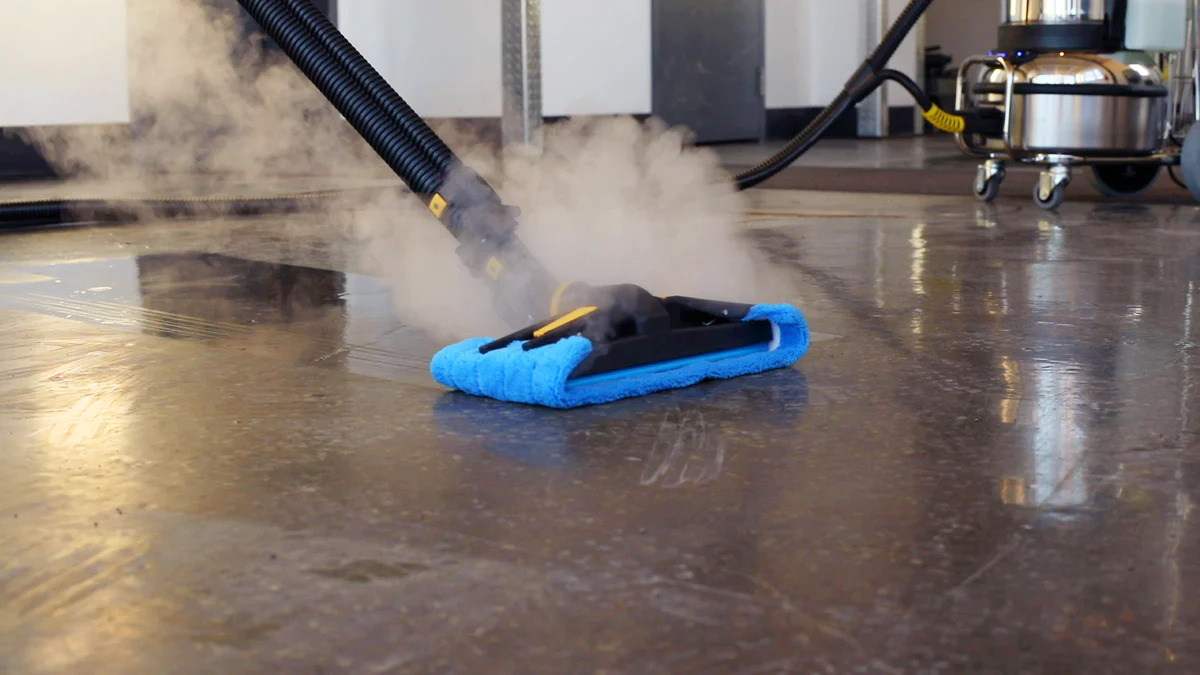
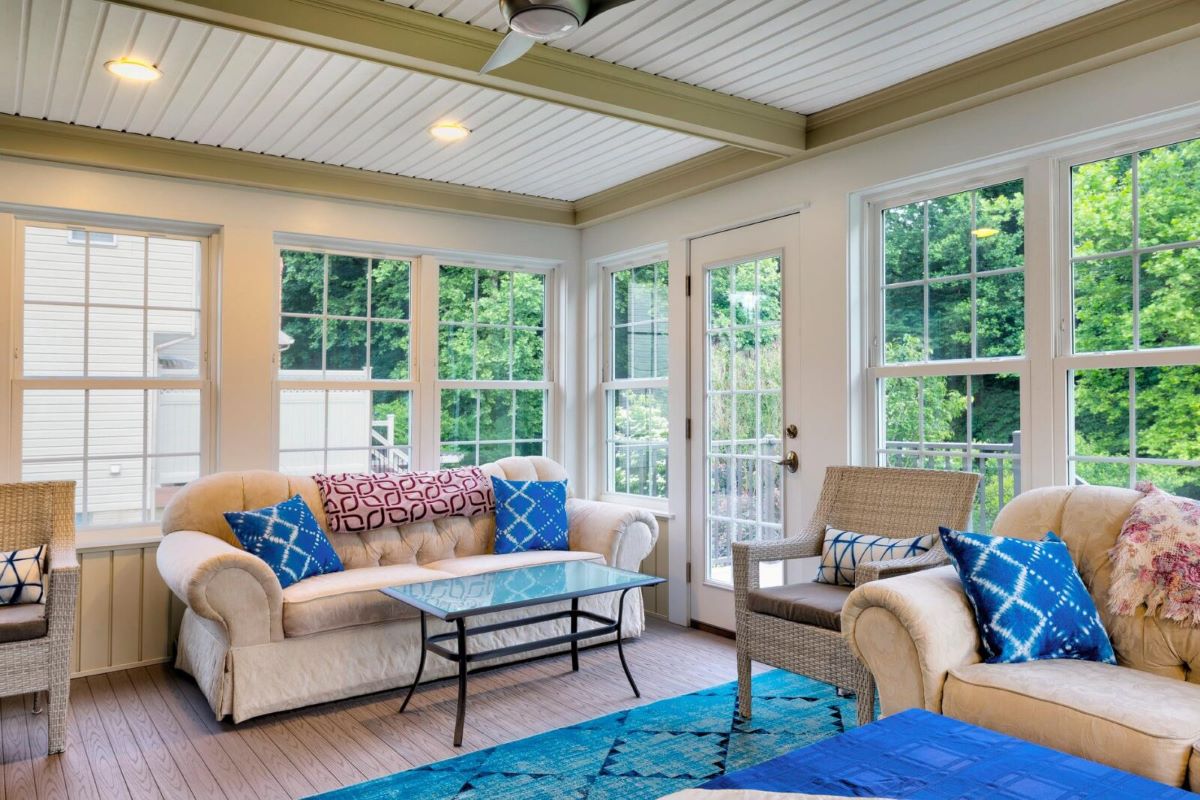

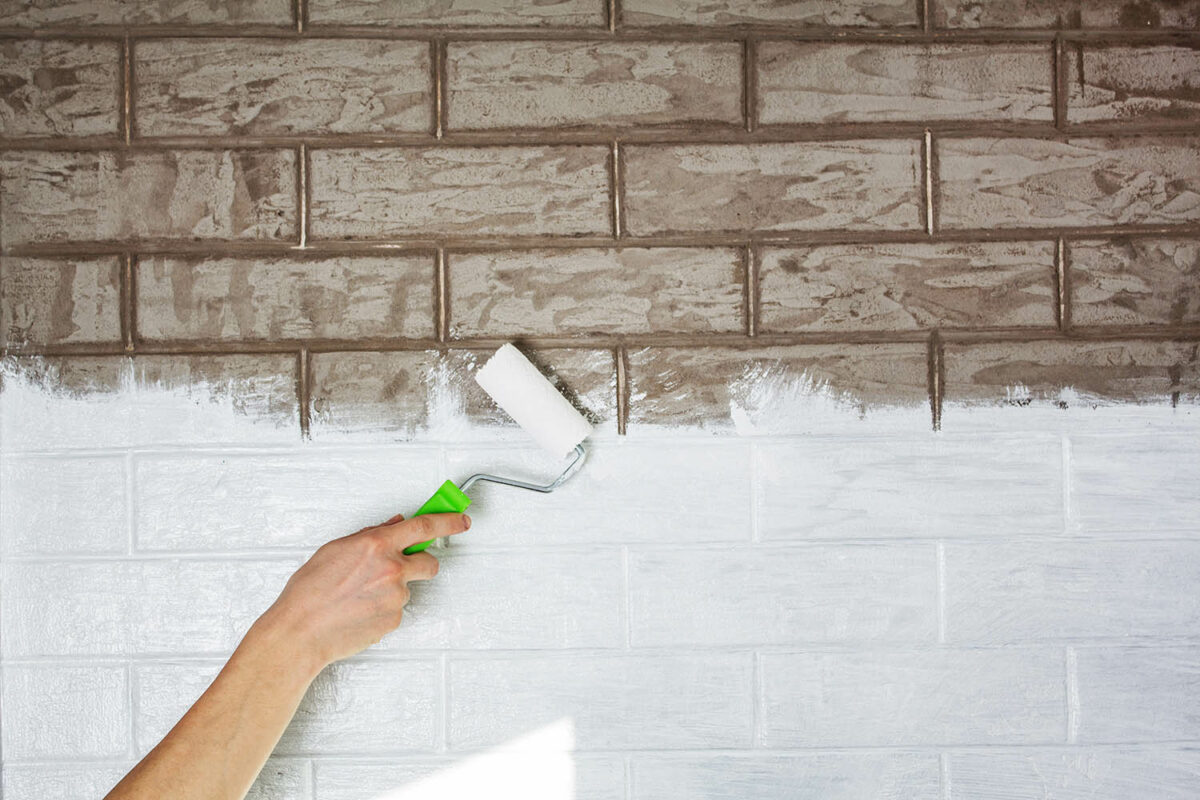
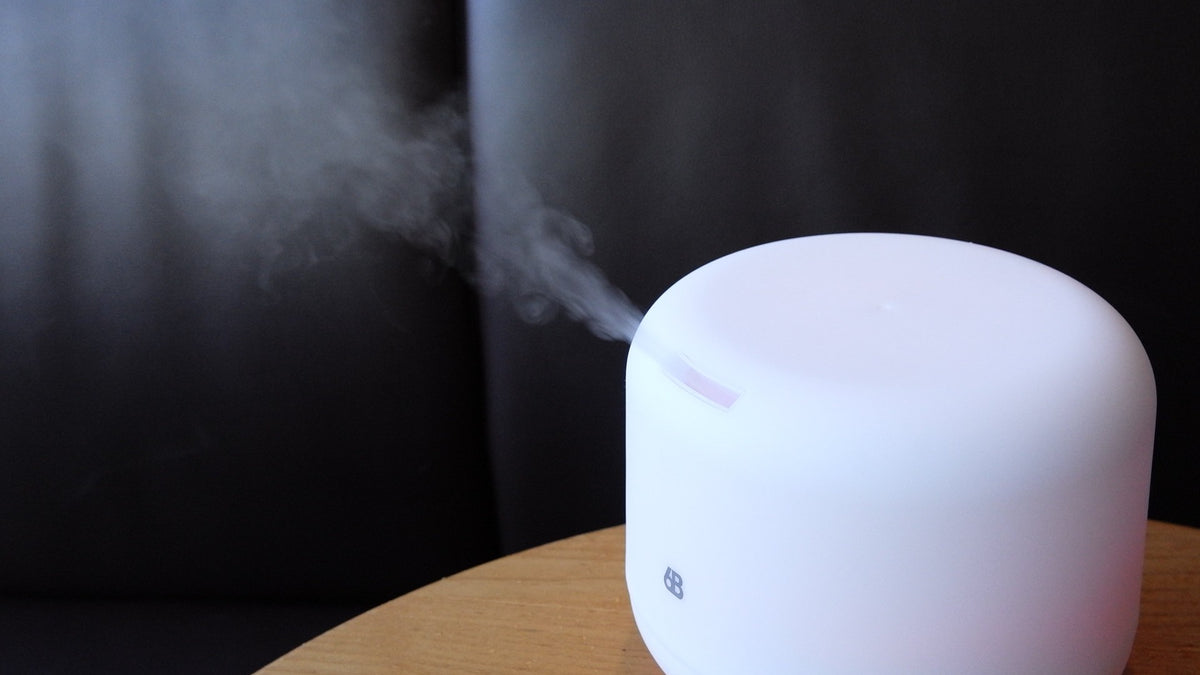
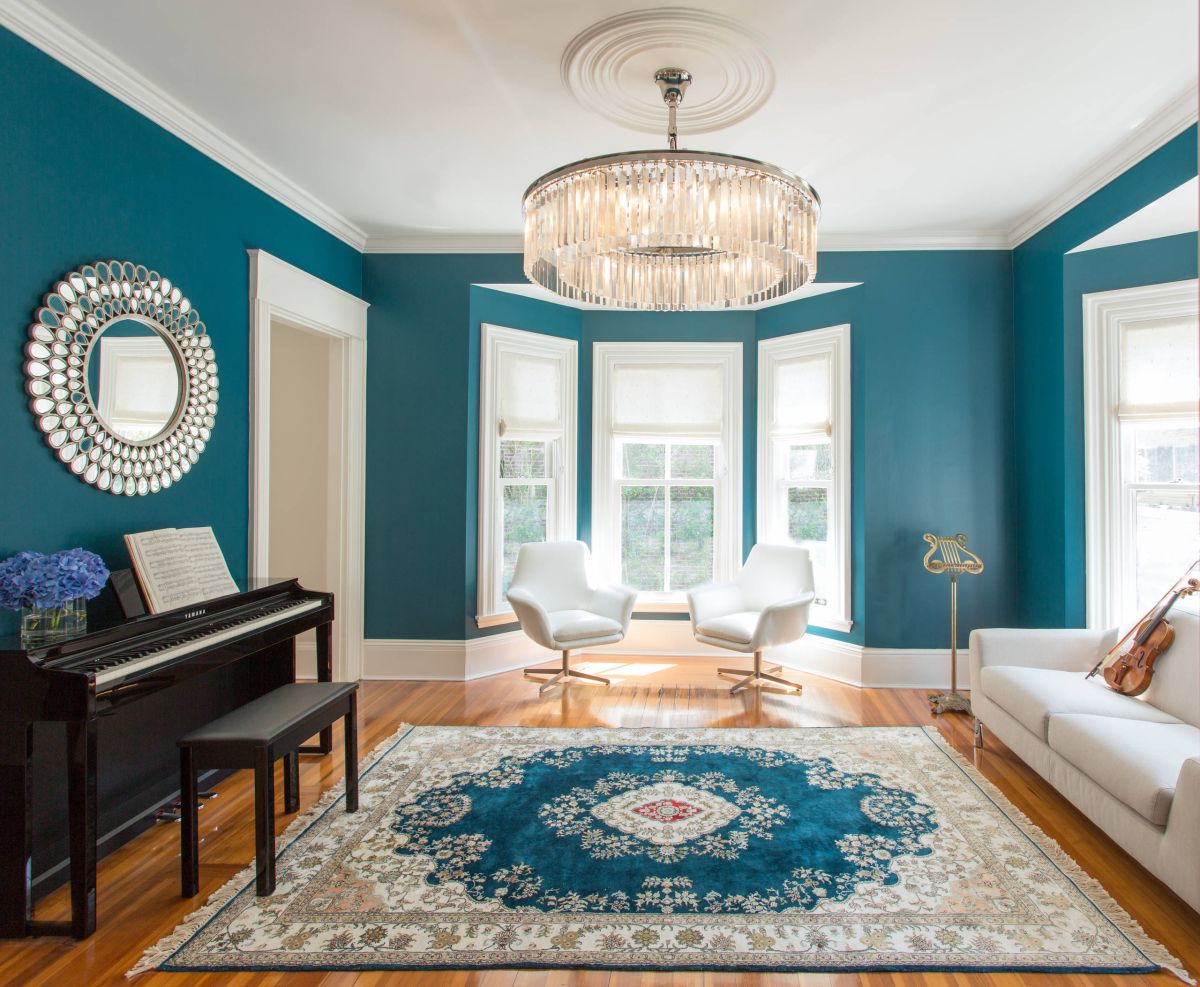
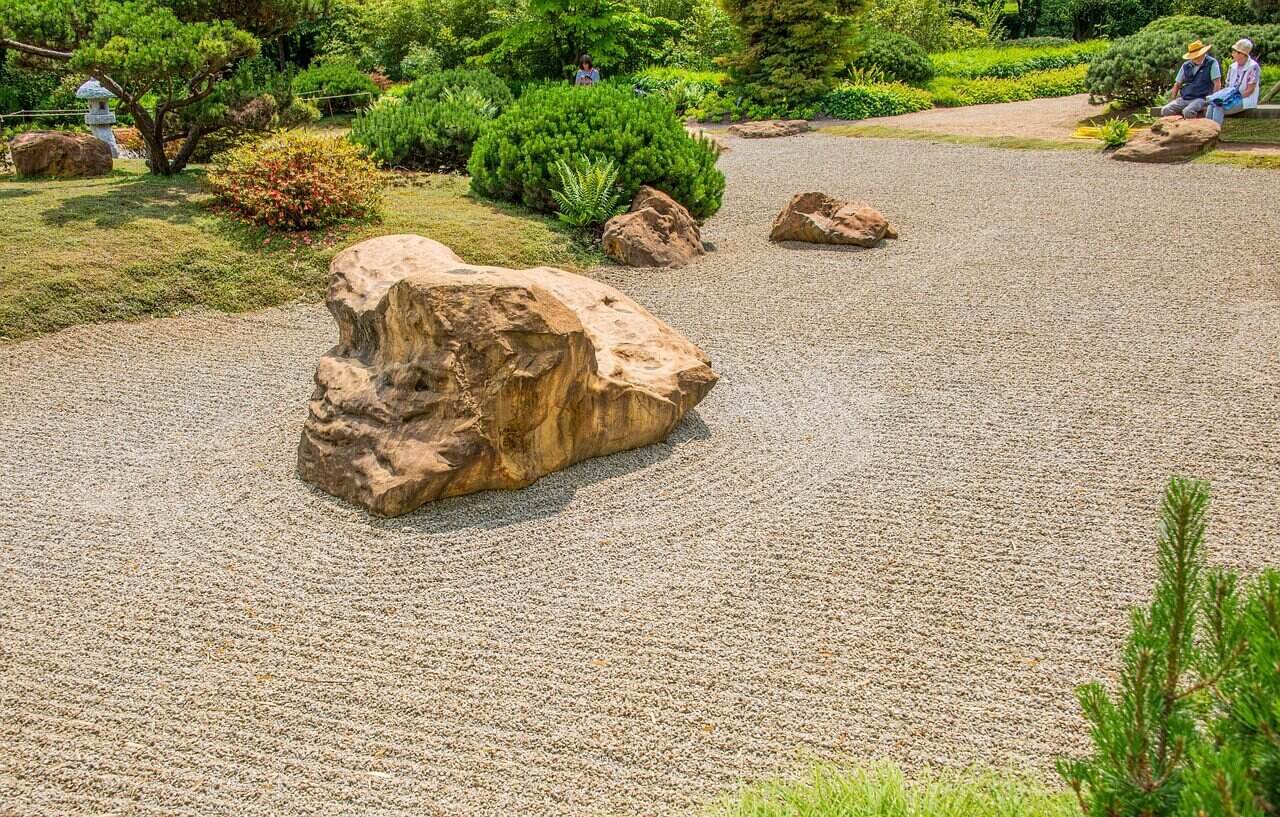
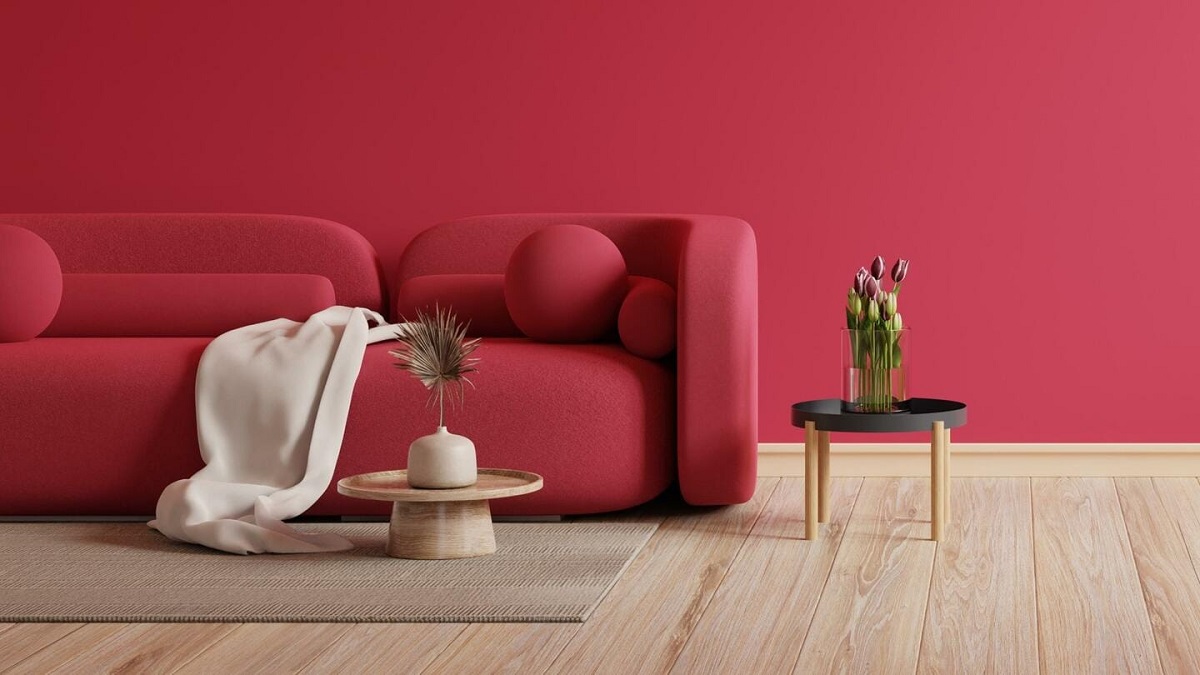
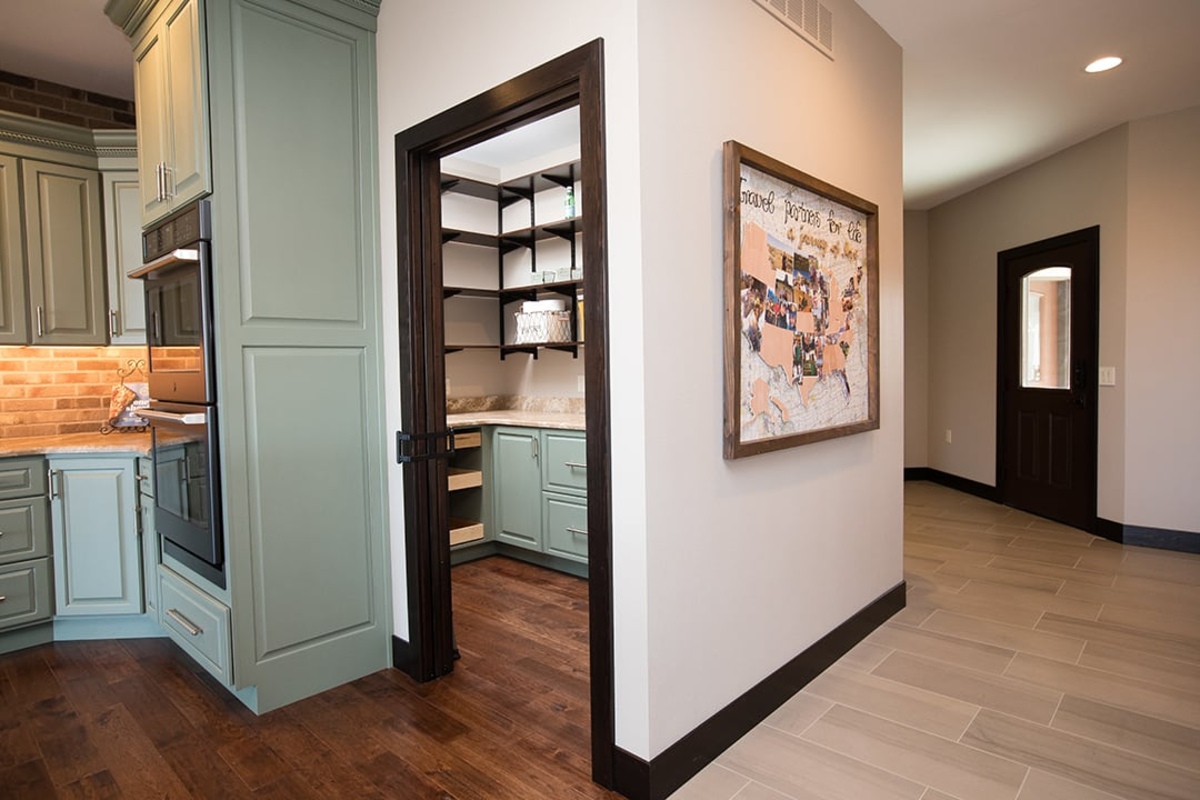
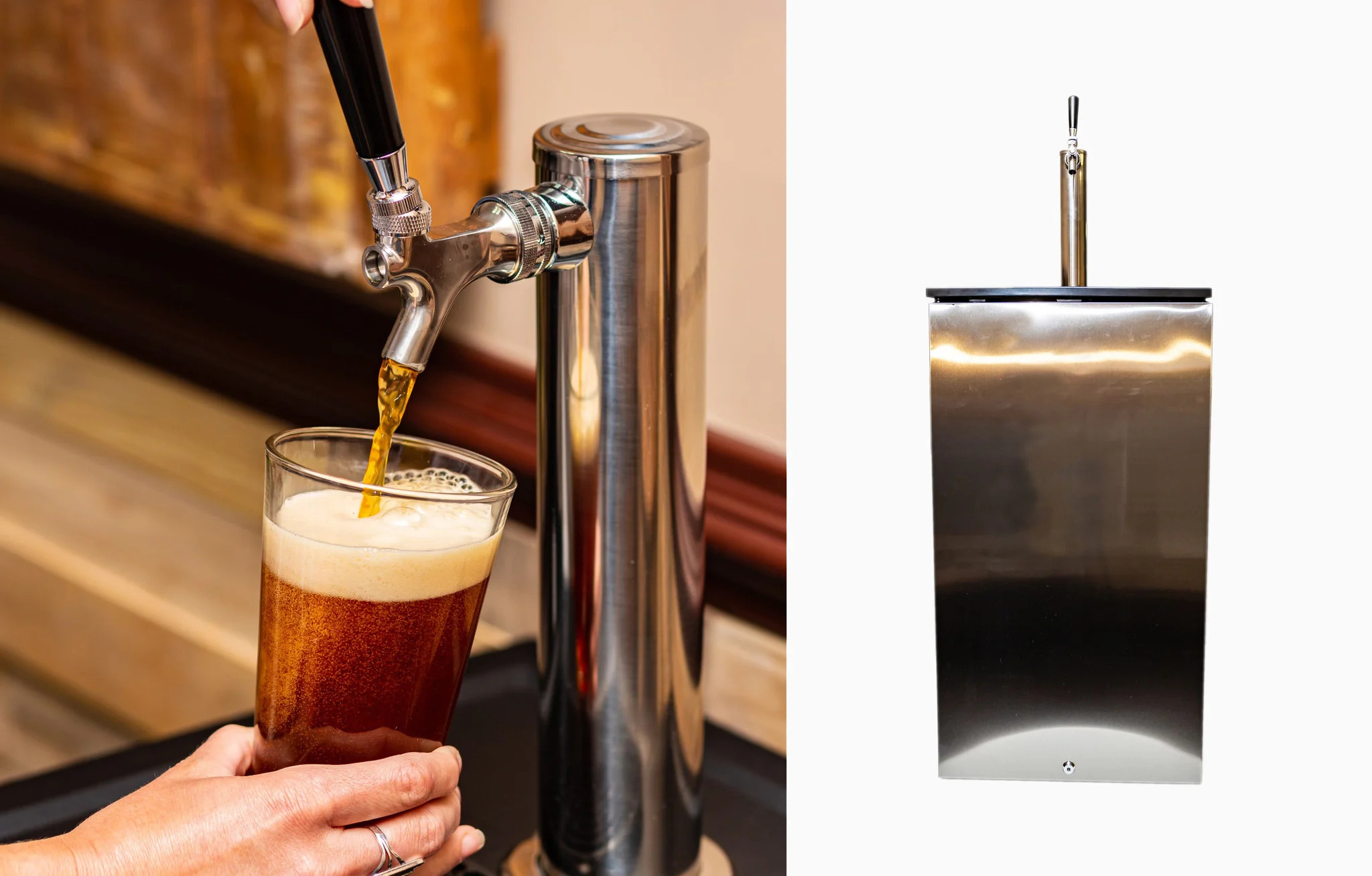
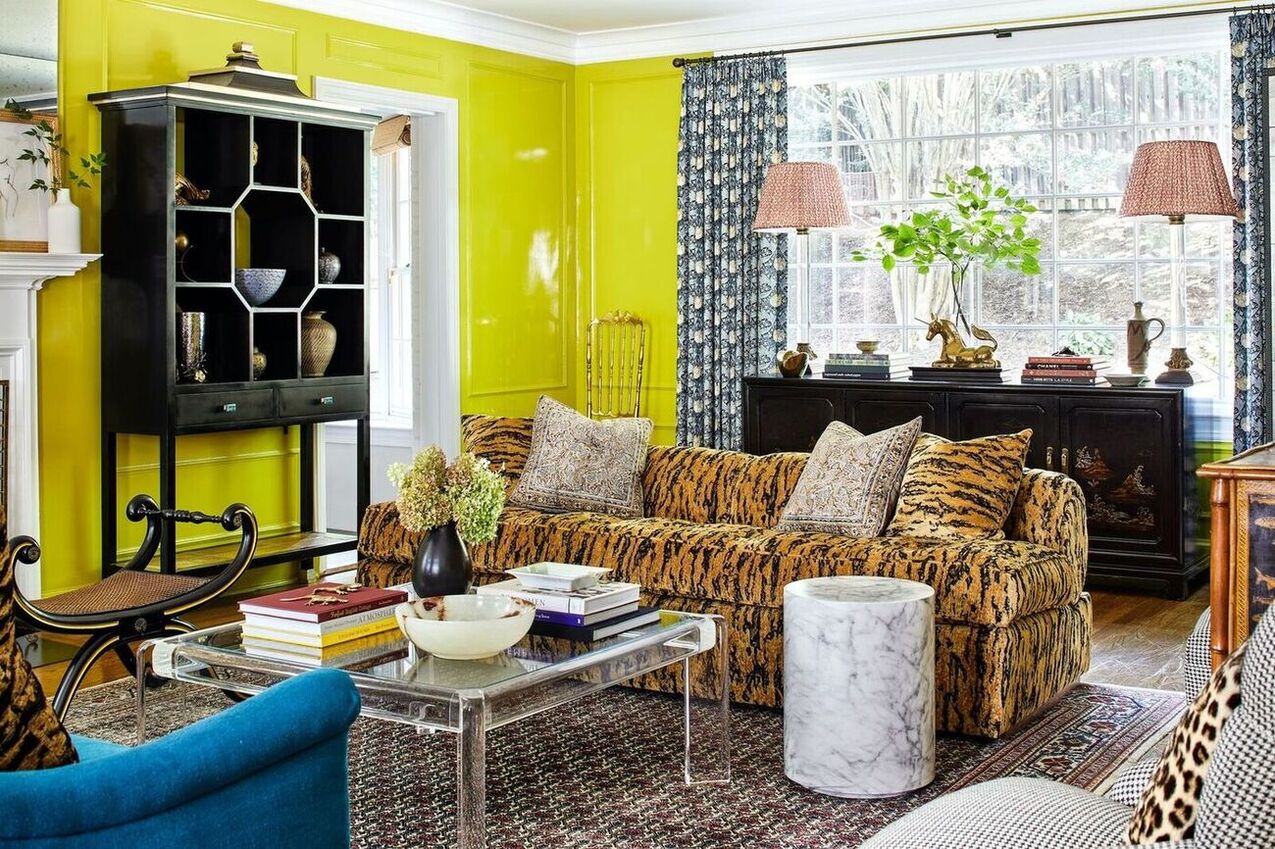
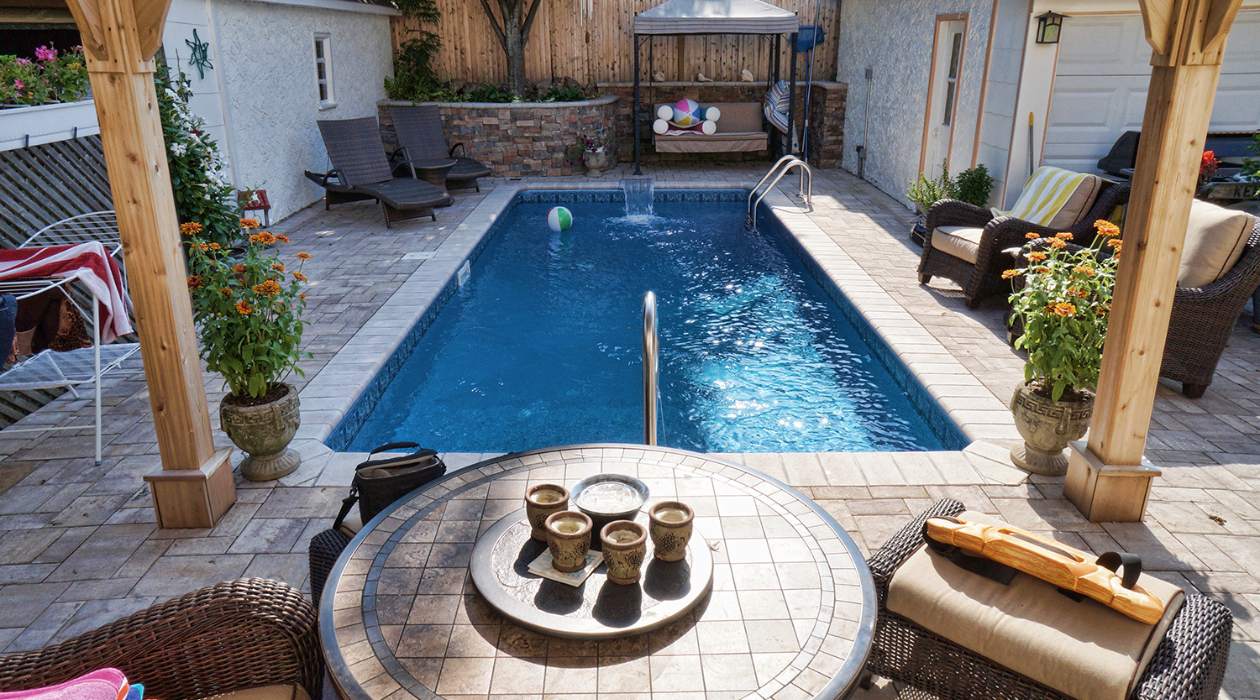

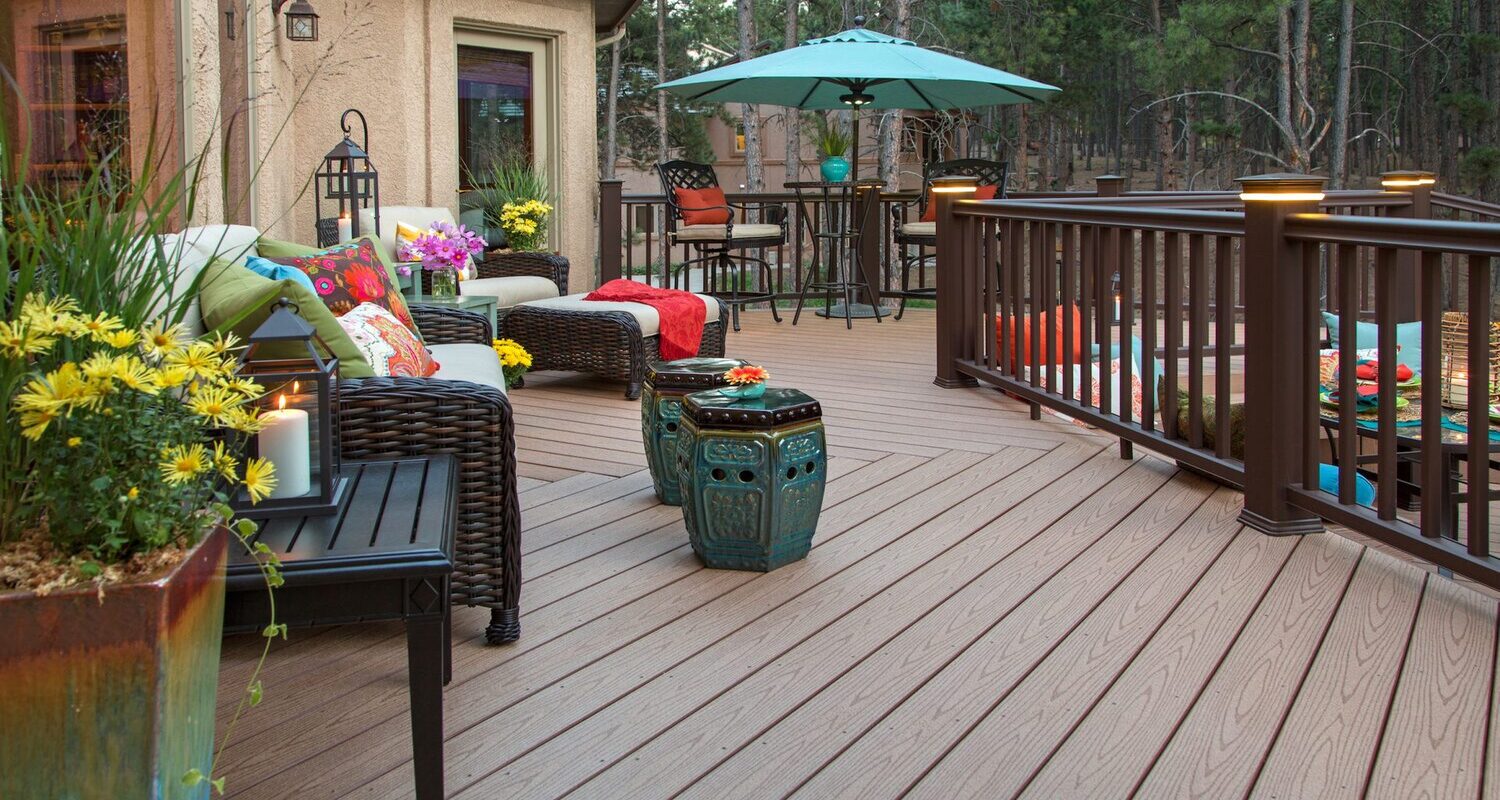

0 thoughts on “Considering Grass-Cloth Wallpaper? Here’s What You Need To Know”